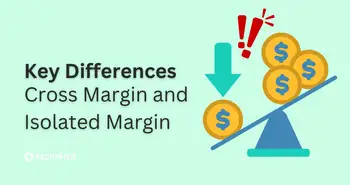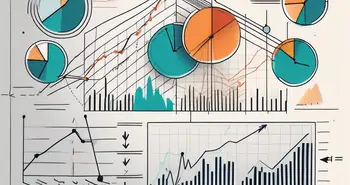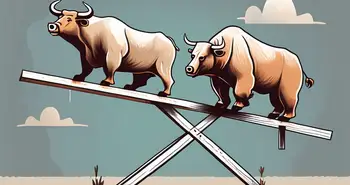The Concept of a Margin Call: How It Works and How to Avoid It
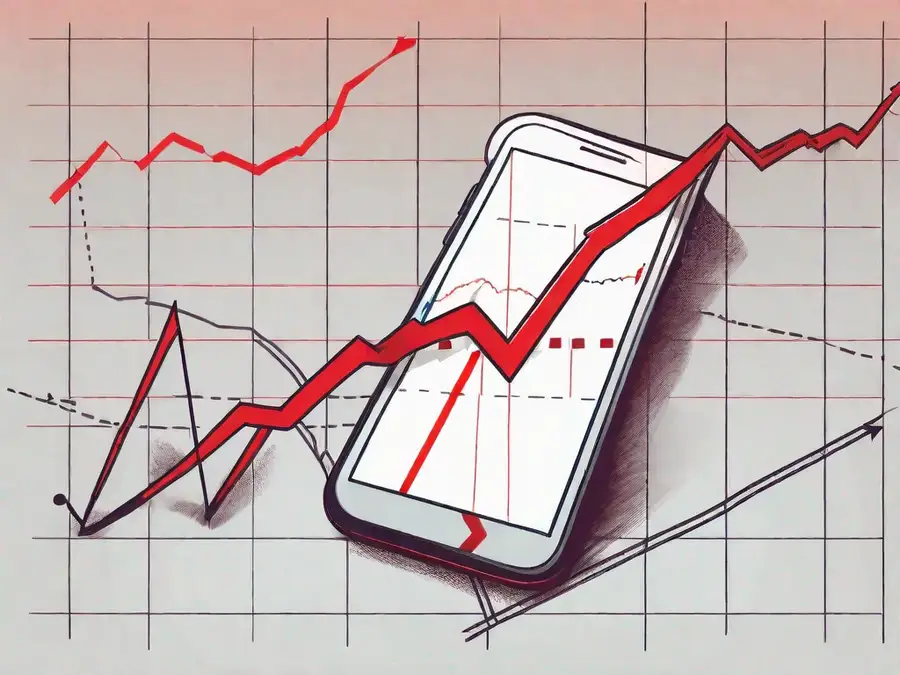
Welcome to the world of trading where understanding the concept of a margin call is vital for any investor. In this article, we will delve into what a margin call is, the mechanics behind it, its impact on investors and the broader market, strategies to avoid it, and how to respond when faced with one.
What is a Margin Call?
A margin call happens when the equity in your margin trading account falls below a certain threshold, known as the maintenance margin. In simpler terms, a margin call is a warning from your broker that you need to deposit more funds into your account to meet the required balance.
Margin trading allows you to borrow funds from your broker to increase your trading position. While this can boost your profits, it can also magnify your losses. If the value of your positions drops, your broker may demand more funds to cover potential losses. This is the essence of a margin call.
How Does a Margin Call Work?
When your account's equity falls below the maintenance margin requirement set by your broker, you will receive a margin call. At this point, you have two options: either deposit more funds to restore the equity in your account or risk having your broker liquidate some or all of your positions to cover the deficit.
Example: If you’re trading stocks on margin and your portfolio drops 10%, it could trigger a margin call. Your broker will require you to deposit more funds to bring your account back above the required equity level, or they’ll start closing your positions to protect their loan.
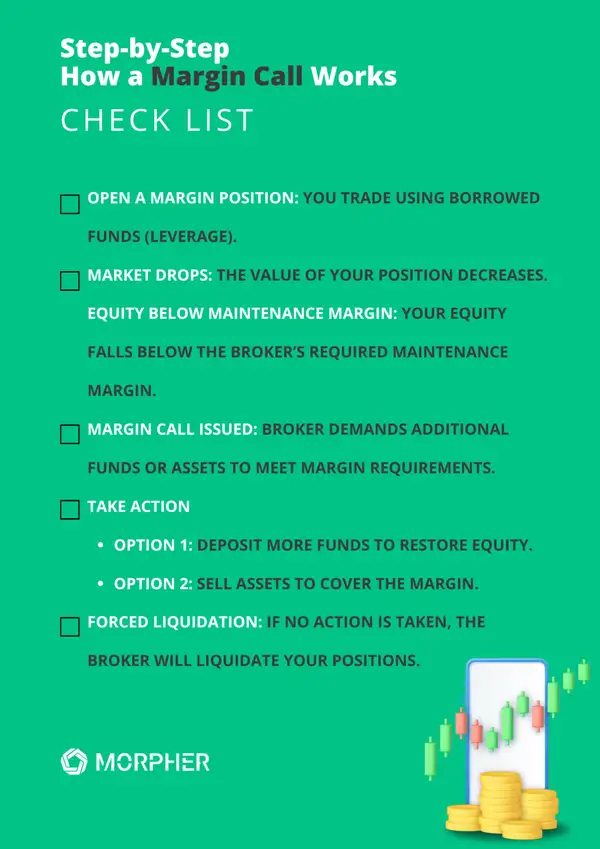
The Role of Leverage and Volatility in Margin Calls
Margin calls are often triggered by excessive leverage and market volatility. Using leverage increases both your potential gains and potential losses. In volatile markets—like cryptocurrency or penny stocks—small price fluctuations can significantly impact your equity, increasing the likelihood of a margin call.
The more leverage you use, the smaller the price movement needed to trigger a margin call.
Why Margin Calls Happen: Factors to Consider
Several factors can lead to a margin call, and understanding these can help you better manage your account and avoid unwanted surprises:
Leverage: High leverage reduces the margin for error. A small market move against your position can deplete your equity quickly, leading to a margin call.
Market Volatility: Sudden market drops can erode your portfolio’s value. For example, cryptocurrencies like Bitcoin and Ethereum can experience rapid price fluctuations, increasing the risk of margin calls.
Failure to Monitor Positions: If you’re not keeping an eye on your positions and their associated risk, you might miss warning signs of declining equity.
The Impact of a Margin Call: How It Affects Investors
Consequences for Traders
A margin call can have serious financial consequences. If you fail to meet a margin call, your broker will begin to liquidate your positions. This means they’ll sell off some or all of your assets at potentially unfavorable prices to cover their loan.
Not only can this lock in significant losses, but it can also disrupt your long term strategy. Moreover, receiving a margin call often leads to a loss of confidence in your trading abilities, causing traders to take fewer risks, sometimes missing out on profitable opportunities.
Market-Wide Effects
Margin calls aren’t just a personal issue—they can have a ripple effect on the broader market. During times of high volatility, multiple traders receiving margin calls can trigger a cascade of forced selling, further driving down prices and increasing volatility.
Strategies to Avoid Margin Calls
One of the most important aspects of trading is risk management, and a key part of managing risk is avoiding margin calls. Here are some proven strategies:
1. Use Lower Leverage
While leverage can boost profits, it also increases the chances of a margin call. Lowering your leverage, especially in volatile markets like crypto or emerging markets, reduces the risk of your account equity falling below the required threshold.
Tip: Start with 2x or 3x leverage if you’re new to margin trading and gradually increase as you gain more confidence.
2. Set Stop-Loss Orders
Stop-loss orders automatically close your positions when they hit a certain price. This helps you limit your losses and prevents your equity from dropping too far below the required margin. It’s an easy way to stay ahead of sudden market drops without constant monitoring.
3. Diversify Your Portfolio
Diversification can help cushion against sharp declines in any one asset. By spreading your investments across different asset classes, sectors, and even regions, you reduce the likelihood of your portfolio experiencing large losses all at once.
Example: Instead of concentrating your capital in one volatile cryptocurrency, diversify by investing in other stable assets like bonds, stocks, or commodities.
4. Regularly Monitor Your Account
The best way to avoid a margin call is to stay proactive. Regularly review your account’s performance, monitor key market trends, and adjust your positions as necessary. Set alerts to notify you when your equity approaches the maintenance margin, giving you time to respond before a margin call is triggered.
What to Do When You Receive a Margin Call
Receiving a margin call can be stressful, but it’s important to stay calm and act quickly. Here’s how you can respond:
Immediate Actions to Take
- Assess Your Financial Situation: Do you have enough available funds to meet the margin call? If so, deposit them promptly.
- Communicate with Your Broker: If you're unable to meet the margin call right away, contact your broker. Some brokers may provide options such as extending the deadline or adjusting your margin requirements.
- Close Some Positions: If adding more funds isn’t an option, consider closing less critical positions to free up equity.
Long-Term Recovery Plan
Once the immediate margin call is dealt with, take a step back to assess your overall trading strategy. Ask yourself:
Was I overleveraged?
Did I ignore warning signs?
Should I diversify more?
Revising your risk management strategy and adopting a more cautious approach can help prevent future margin calls.
Conclusion: Managing Margin Calls for Long-Term Success
Margin calls are a natural part of margin trading, but they don’t have to lead to disaster. By using lower leverage, setting stop-losses, diversifying, and monitoring your account closely, you can trade on margin confidently without fear of a margin call.
Ready to take control of your trades? At Morpher, we offer innovative margin trading solutions with no fees or liquidity constraints. With up to 10x leverage and a unique platform built for modern traders, you can explore margin trading with peace of mind. Sign Up for Free today and start your journey toward smarter trading!
As you consider the potential of stock trading and the broader cryptocurrency landscape, why not expand your investment horizon with Morpher? At Morpher.com, you can leverage the power of blockchain technology to trade across a multitude of asset classes, including cryptocurrencies, without the burden of fees or liquidity constraints. With the ability to engage in fractional investing, short selling, and up to 10x leverage, Morpher offers a unique and flexible trading experience that aligns perfectly with the innovative spirit of crypto mining. Take control of your investments with the safety of the Morpher Wallet and explore new market opportunities today. Sign Up and Get Your Free Sign Up Bonus to embark on a transformative trading journey with Morpher.

Disclaimer: All investments involve risk, and the past performance of a security, industry, sector, market, financial product, trading strategy, or individual’s trading does not guarantee future results or returns. Investors are fully responsible for any investment decisions they make. Such decisions should be based solely on an evaluation of their financial circumstances, investment objectives, risk tolerance, and liquidity needs. This post does not constitute investment advice.

Painless trading for everyone
Hundreds of markets all in one place - Apple, Bitcoin, Gold, Watches, NFTs, Sneakers and so much more.

Painless trading for everyone
Hundreds of markets all in one place - Apple, Bitcoin, Gold, Watches, NFTs, Sneakers and so much more.


